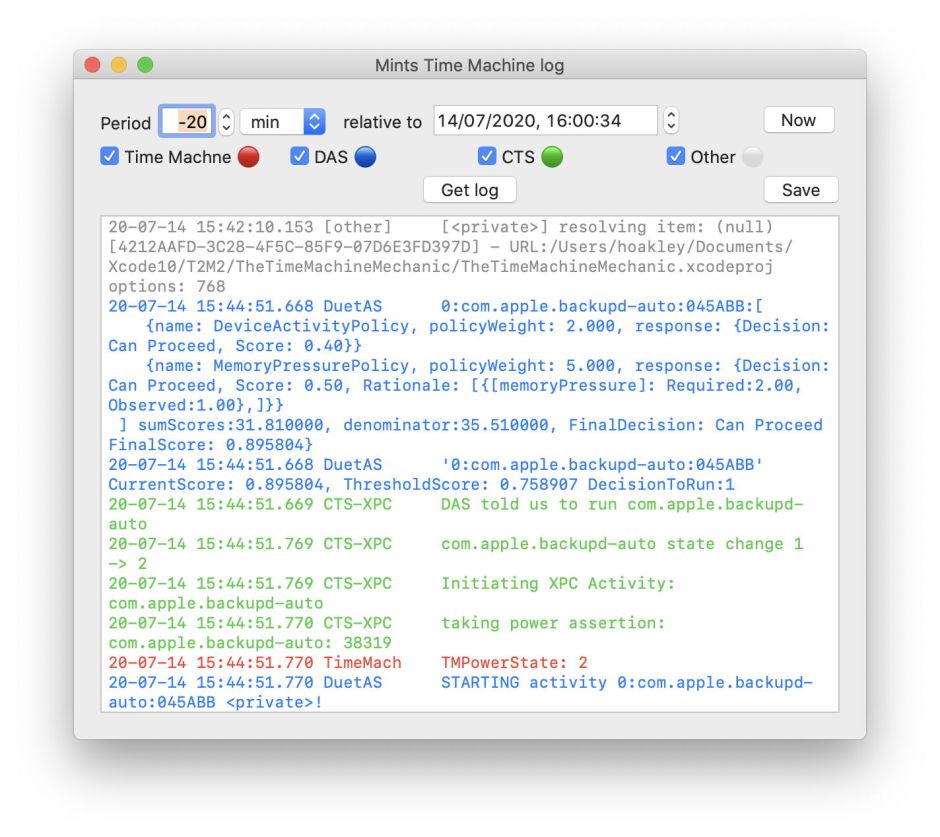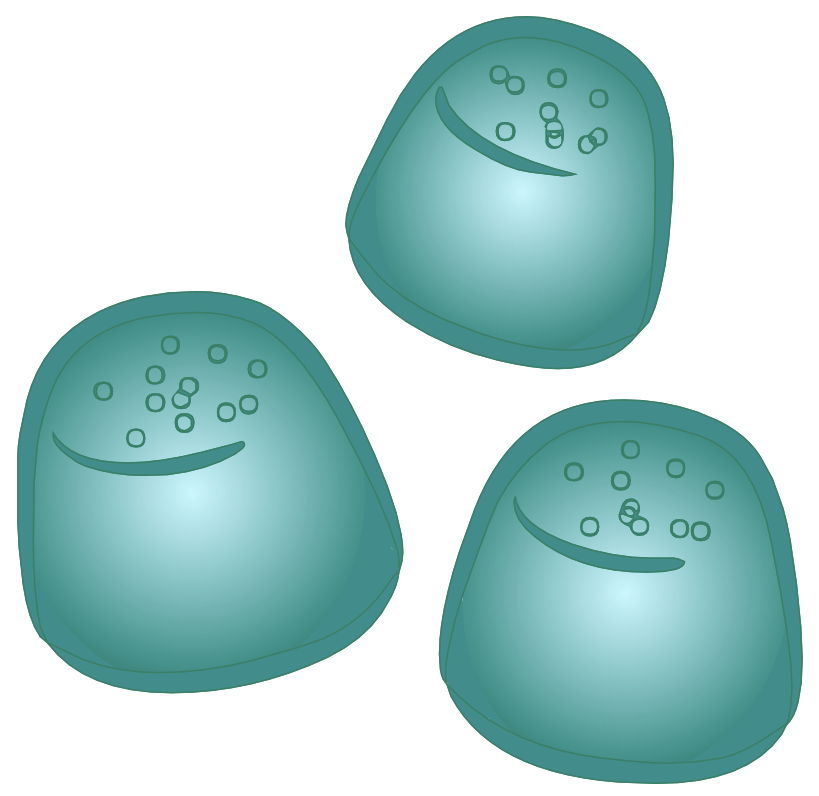I’m always on the lookout for new ways of improving my understanding of macOS, and what can go wrong with it. Some time ago I experimented with a new way of looking at the log, and built it into a couple of my apps, Cirrus and Taccy. Today I’m releasing the first beta of a new app which takes this further.
Thinking back to the way that we used to use the log in macOS before it became unified, we’d normally read conversations. One service would register a double-click, and pass that onto an app. For more complex systems like Time Machine backups, you could watch them being scheduled, started, and run to completion.
With the unified log came dozens of simultaneous conversations. As you try to trace that backup being called off, there’s a sudden barrage of entries about Bluetooth, then your UPS chips in, and some background chatter over iCloud. By the time that you’ve picked up the conversation that you’re trying to follow, you’ve lost the thread.
The feature that’s intended to work around this is the filter predicate. Instead of seeing everything written to the log, you can read entries from a limited number of relevant sub-systems and services. In theory. Becoming proficient at constructing and using filter predicates and the log show command isn’t something you can acquire overnight. And you need plenty of understanding of how macOS and its systems and sub-systems work.
The custom log browsers in Cirrus and Taccy save you the effort of crafting your own predicates. In addition log entries from different sub-systems and services are shown using different colours. Not only can you see the conversation more clearly, but you can instantly identify those involved, and how their dialogue progresses.
My new app Mints brings these log tools together under one roof. In this first beta-release, it contains just three:
- the iCloud log browser from Cirrus,
- the TCC and privacy system browser from Taccy,
- a novel Time Machine browser based on my experience with T2M2.
I’m also taking future releases of Mints in two directions: not just more built-in custom log browsers for other systems, but the ability to add your own; additional system-level tools providing information which isn’t readily available even from the command line. One early candidate for the latter is listing all snapshots on your mounted volumes.

This custom log browser shows the scheduling sub-systems starting an automatic backup in Time Machine. All you need to do is set the time period over which you want to examine that system. Selected log entries for the three major sub-systems involved, and a collection of relevant services, are then displayed using the colour code. Here, entries in blue come from the Duet Activity Scheduler (DAS), responsible for initiating automatic backups. That instructs CTS-XPC, shown in green, when to call the next backup, and Time Machine (in red) then responds. The checkboxes let you show and hide these different parts of the conversation.
This first beta should run on all versions of macOS from Sierra to Big Sur. I hope to offer a Universal version shortly, once I’ve been able to get it notarized.
Mints version 1.0b3 is now available from here: mints1b03
from Downloads above, from its Product Page, and will be benefiting from my auto-update mechanism.
I welcome your comments and ideas, please.
Update:
Thanks to ExcleX for discovering a bug in 1.0b1: the link above now delivers version 1.0b3, in which I believe the two bugs responsible have now been fixed, together with a further bug which affected 1.0b2. I apologise for these issues, but I’m unable to test on macOS prior to Catalina and these bugs only seem to appear on older versions of macOS. If you encounter further problems, please let me know soonest.

